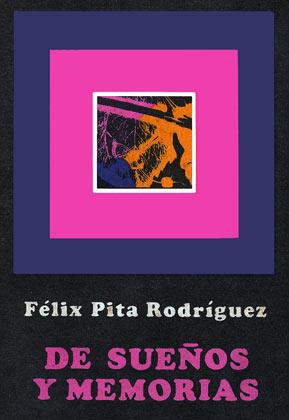4.1.1.19.3 Other texts conceived by Félix Pita during the Republican period

Among the works written by Félix Pita from this period, the most notable are “Romance de América la bien guardada” (Romance of America la bien guardada), from 1943, and “Las noches” (Nights), a collection of poetic prose that emerged from his pen between 1935 and 1945 but which did not see the light of day until 1962.
From a thematic and stylistic point of view, “Las Noches” are the result of the friction between his ideals and the oppression of the real historical situation, and therefore fully correspond to the poetics that characterized his production during the Republic.
“Romance de América la bien guardada” won the prize in 1942 in a competition organized by the Directorate of War Propaganda of the Ministry of National Defense. In this competition, the artistic aspect is subordinated to an, nevertheless, laudable political intention, given the anti-fascist struggle as a topic, but still treated with an aesthetic will that reaches its peak within the limitations imposed by the subject matter.
For its part, “The Nights” convey a worldview of the human being given in the form of prints, poetic freezing of certain moments that allow us to read through them the living heartbeat of beings, powerless merpeople before a destiny limited by society but also by what nature imposes on man and the very finiteness of life.
The text expresses a reversal of the logic of the diurnal as the empire of consciousness; the nocturnal is then associated with the dreamlike and the free flow of associations that reveal other ways of being and thinking and the condemnation of diversity from a rather absurd logic, carried over by stubborn centuries.
At this stage, the poet has, to a certain extent, reached his expressive limits within the context of his circumstances, within which he perhaps cannot undertake other endeavors from a deterministic logic. The avant-garde, surrealism, and a certain neo-romantic reminiscence are interwoven into a singular poetics, already with social overtones that would take shape after the Triumph of the Revolution, in which his lyrics would capture the intense social vibrations and be relevant to them as a kind of reverence.








